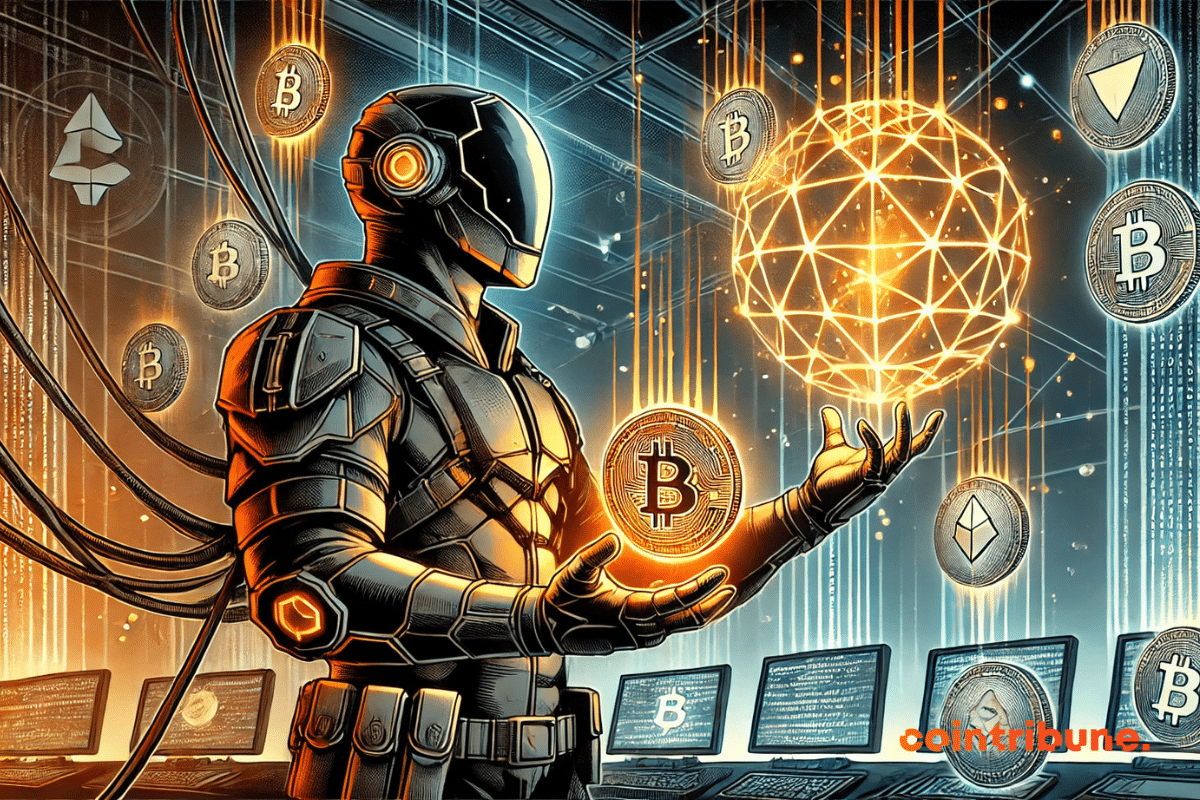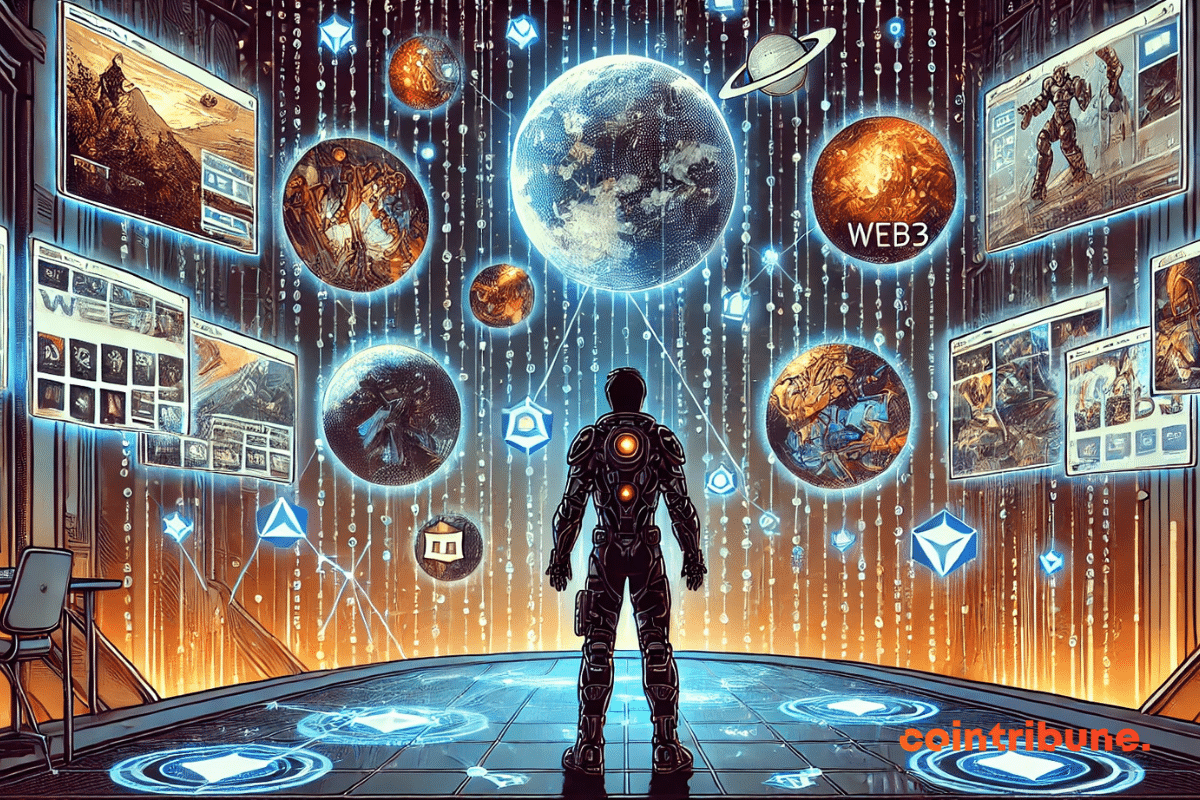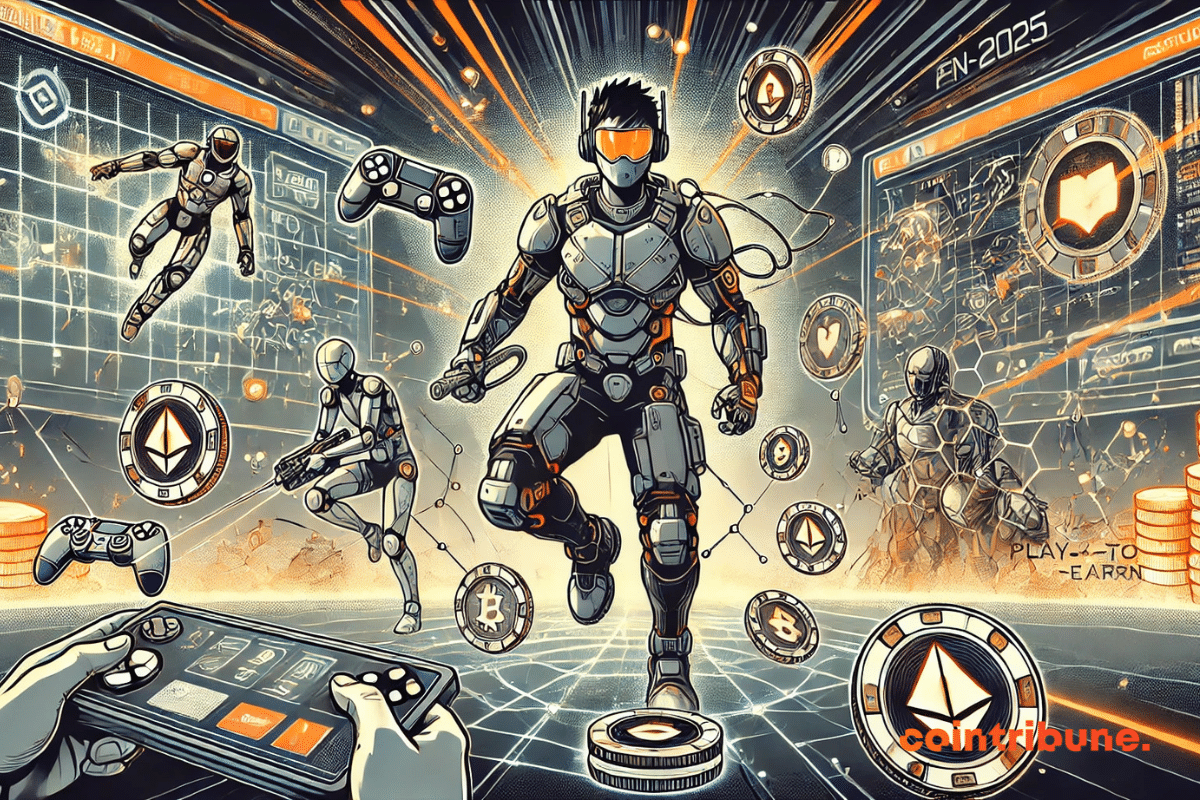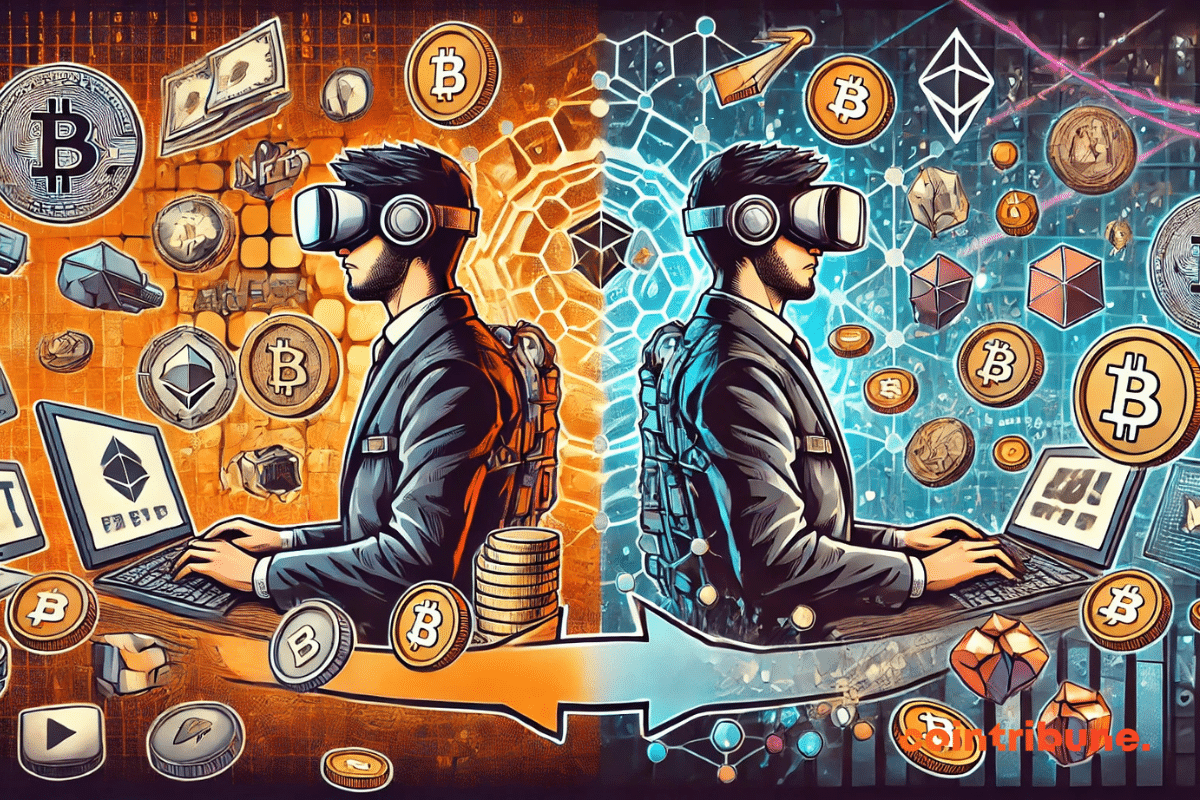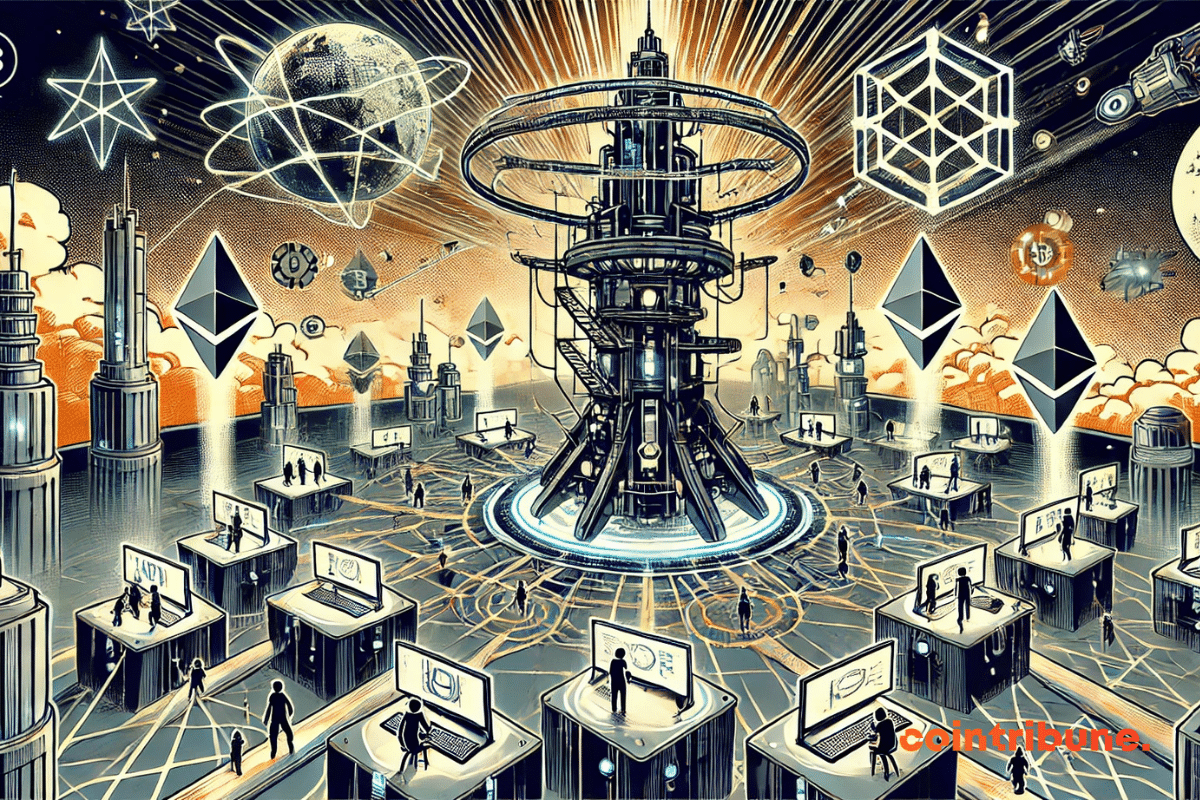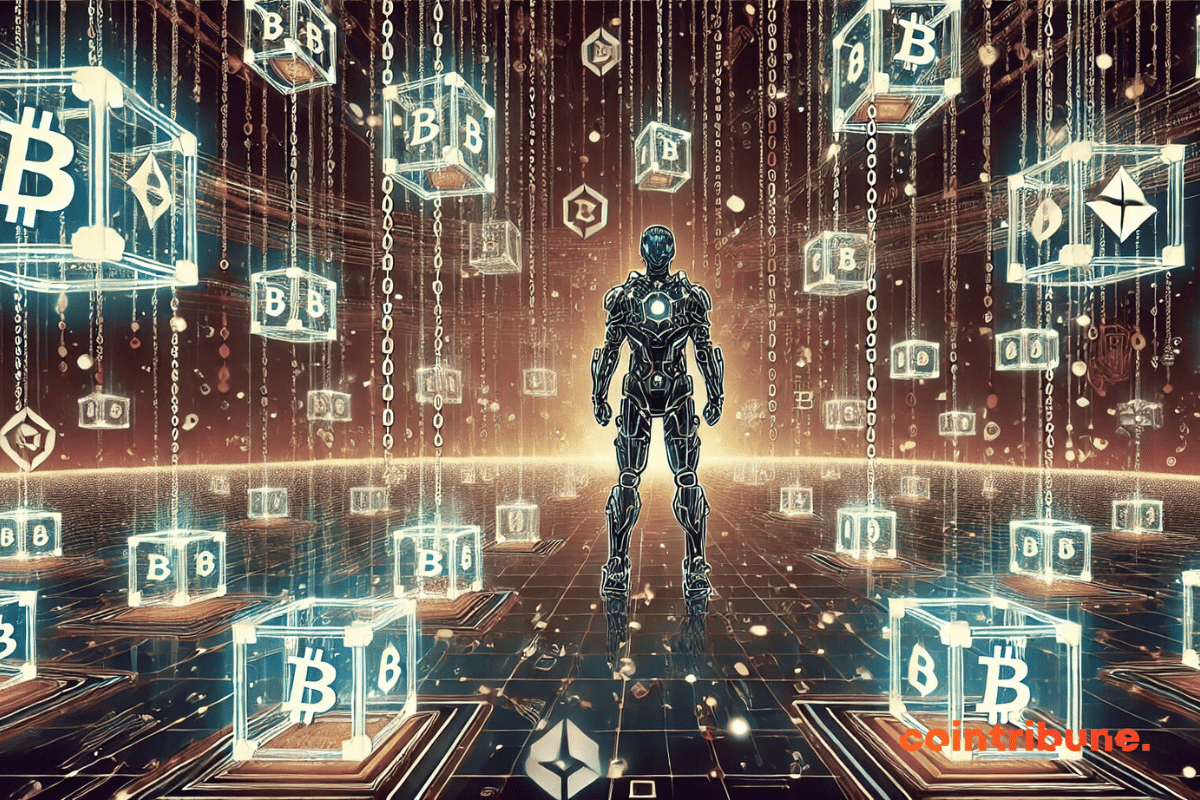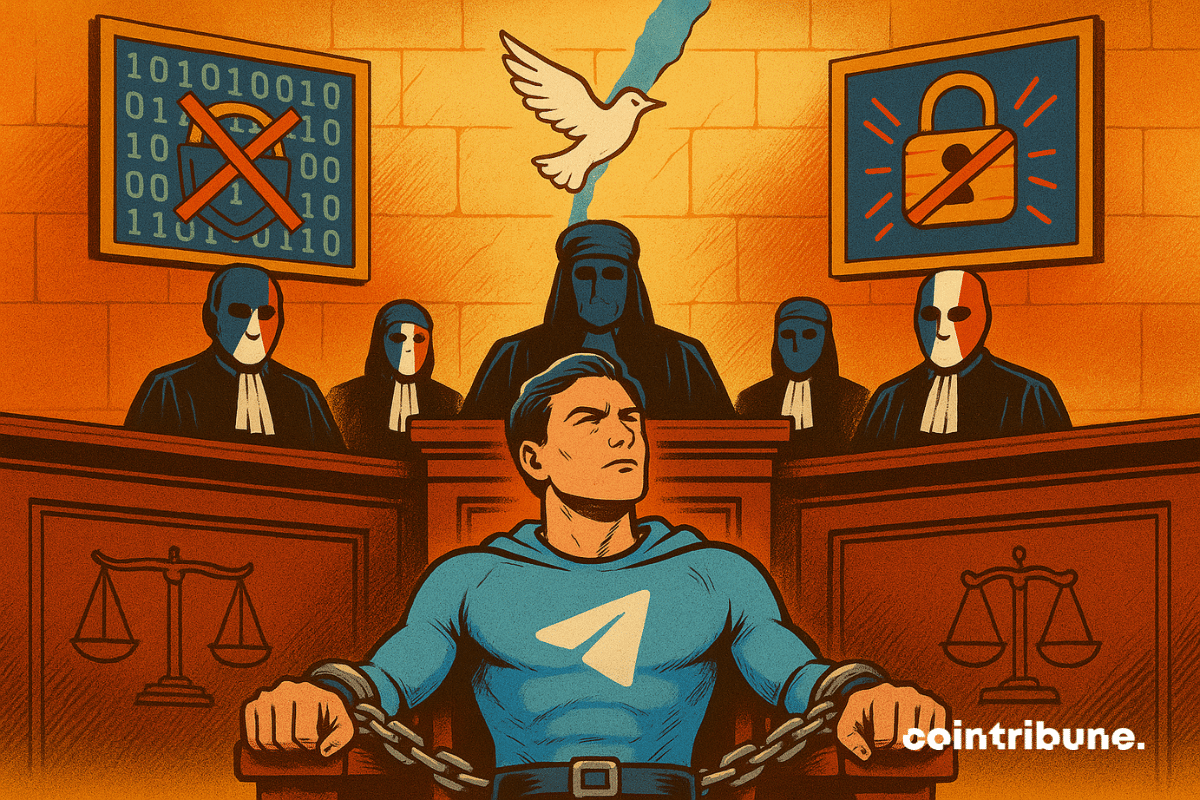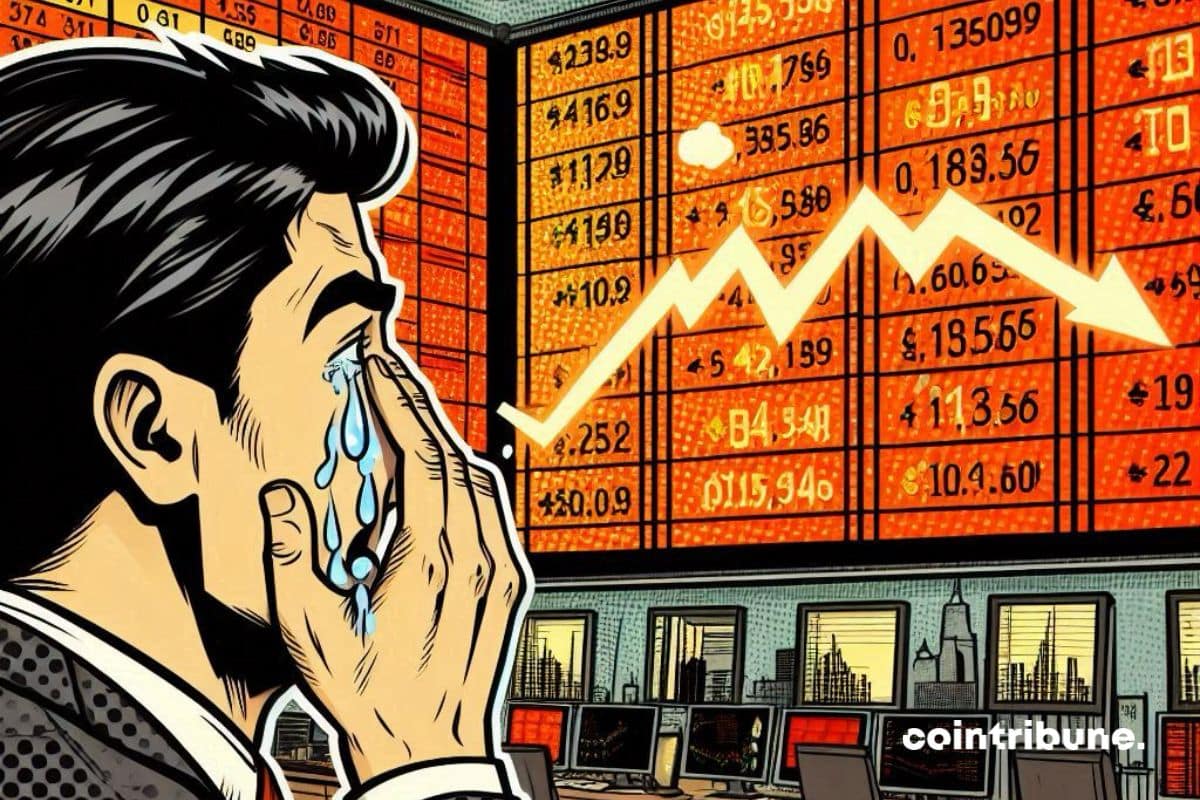Web3 gaming relies on blockchain technology to offer a more transparent and autonomous gaming experience. This technology securely records digital assets and transactions. Web3 promises decentralization by eliminating intermediaries and granting players true ownership of their virtual items. On their part, NFTs and smart contracts ensure this autonomy and promote an open economy. However, this decentralization remains theoretical in many cases, as some games retain centralized elements. This article explores the reality of Web3 gaming by analyzing its actual level of decentralization.
Archive April 2025
Cryptos play an important role in Web3 gaming. They facilitate transactions, guarantee ownership of digital assets, and support new economic models. Players can safely buy, sell, or trade virtual items thanks to blockchain technology. Each game uses specific cryptos to ensure its smooth operation. Some serve as governance tokens, while others enable the purchase of assets or the payment of transaction fees. This article analyzes the main cryptocurrencies used in Web3 gaming. It explores their role, integration into games, and their impact on the evolution of the video game industry.
Web3 marks a significant transformation of the Internet. It relies on decentralized technologies like blockchain to provide users with greater autonomy. This approach alters data management and strengthens digital ownership. In the video game industry, Web3 introduces innovative platforms and games. These new infrastructures grant players complete control over their assets and allow for the emergence of open virtual economies. Web3 games disrupt traditional models by integrating NFTs, cryptocurrencies, and smart contracts. This article analyzes these advancements, explains how they work, and examines their influence on the future of gaming.
Play-to-Earn (P2E) allows players to earn tokens or NFTs that can be traded on specialized marketplaces. This model is based on blockchain technology, which ensures transparency of transactions and real ownership of digital assets. Unlike traditional games, it offers an open economy where players can freely sell or use their earnings. With the rise of cryptocurrencies, P2E is transforming the gaming industry by integrating a financial dimension. This article presents the best Play-to-Earn games in 2025. It explores the blockchains and platforms that support them and analyzes the challenges, opportunities, and prospects of Web3 gaming.
The video game industry has undergone several economic changes. The early models relied on the one-time purchase of games. Then, subscriptions and microtransactions allowed publishers to diversify their revenues. The emergence of blockchain introduced the Play-to-Earn (P2E) model, where players earn monetary rewards for playing. This system evolved into Play-and-Earn (P&E), which prioritizes the enjoyment of gaming while providing opportunities for earning. This article explores this transition, analyzes its impacts, and examines the future prospects of these new economic models in Web3 gaming.
Web3 marks a new era for the video game industry. It is based on blockchain, decentralization, and digital ownership. This model transforms the way players interact with games and own their assets. The rise of Web3 games has led to the creation of dedicated platforms, allowing access to these new experiences. Some prioritize exploration and creation, while others focus on competition and strategy. This article presents the best Web3 gaming platforms, their specifics, advantages, and the challenges they must face.
Video games are evolving towards decentralized models thanks to blockchain technology. This technology allows players to own their digital assets and make secure transactions. Unlike traditional games, blockchain-based games offer total transparency and an autonomous economy. Several blockchains specialize in gaming, each presenting unique characteristics. Some prioritize scalability, while others focus on security or low energy consumption. This article analyzes the most used blockchains in gaming, highlighting their specifics, advantages, and the challenges they face. The goal is to understand their impact on the video game industry and its future.
Telegram sent an unequivocal message to its French users this Tuesday, firmly defending the principle of encryption in private messaging. This communication comes after the rejection of a controversial amendment in the National Assembly that aimed to impose "backdoors" in encrypted messaging applications.
Ethereum remains in a waiting phase, between consolidation and potential recovery. Find our complete analysis and the current technical outlook for ETH.
Global stock markets are plunging with significant losses on Wall Street and internationally. This drop, exacerbated by economic uncertainty, falling oil prices, and the trade war between the United States and China, raises questions about the short-term outlook for financial markets.

